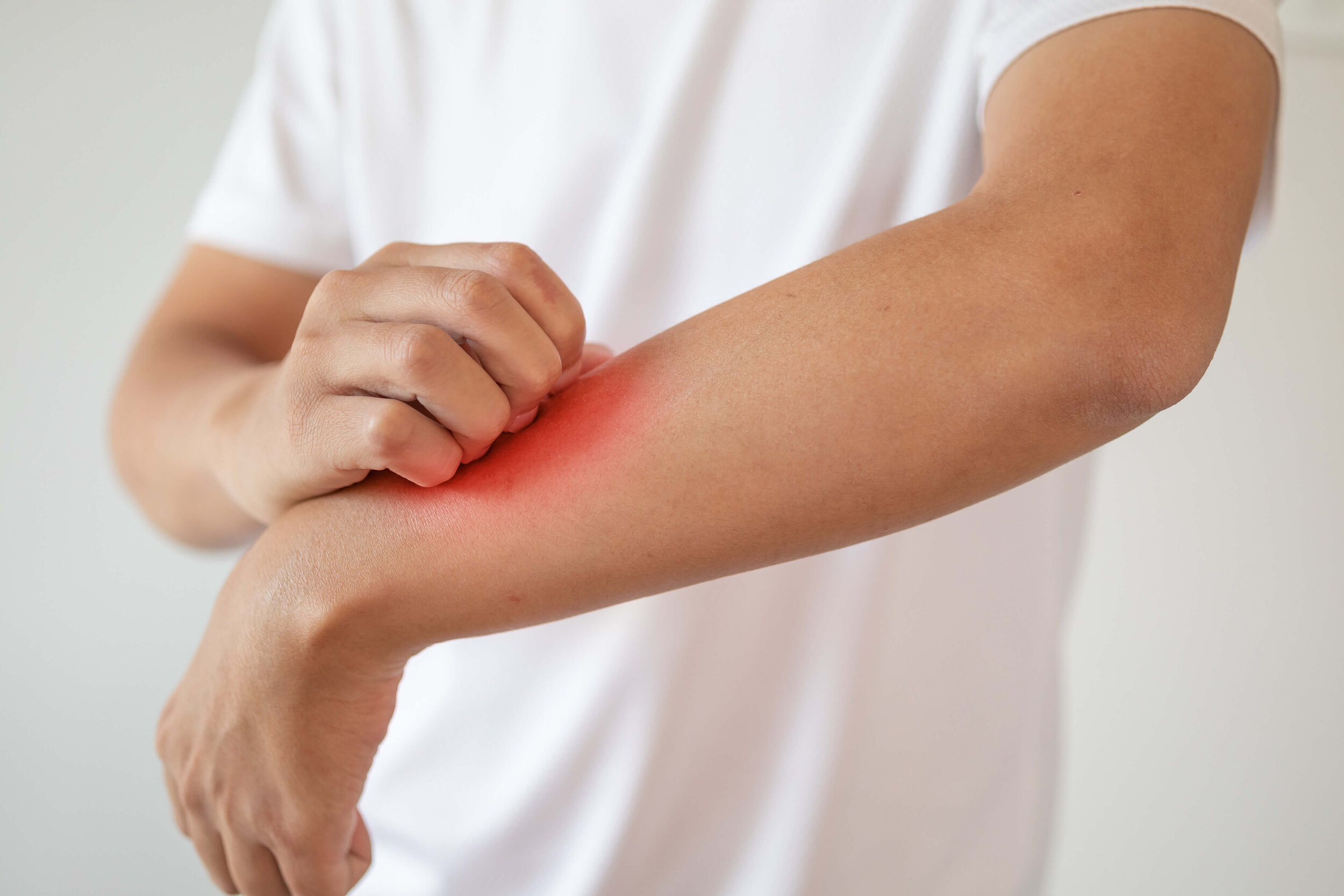How to Spot & Treat Poison Ivy, Poison Oak and Poison Sumac
Keep reading other posts:
Left to Right: Poison Ivy, Poison Oak, and Poison Sumac
How to Spot Poison Ivy
“Leaves of three let it be.” This is one of the most common ways people try to identify poison ivy. Poison ivy in the springtime, however, can look different from what you might expect. It blossoms in the spring with red and sometimes green leaves. This can cause people to confuse poison ivy with sumac. Poison ivy is a shrub or can grow on a vine while sumac is a taller shrub or a tree with red leaves. Buds on poison ivy will eventually open and turn white in the spring.
In the summer, poison ivy is completely green but, similar to springtime, any new growth will come in red. It has berries that can be found under the leaves on the stem of the plant. The leaves can vary in size and in appearance, causing them to be mistaken for other plants. Poison ivy vines can grow high and cover large areas on the ground as well.
Poison ivy also grows in places you might not even realize! Sidewalks and vacant lots can be a breeding ground for poison ivy. Another fact you might not know is that every state has poison ivy except Hawaii and Alaska.
While it is more common during the spring and summer months, keep in mind that poison ivy can irritate your skin any time of the year. You can still develop a rash if you come into contact with the plant during the fall and winter. Poison ivy leaves will turn orange in the fall and then red in the winter before falling off the plant.
Poison Oak
Poison oak is similar to poison ivy in that they both release urushiol, an oil that causes itchy red skin. Poison oak can have up to seven leaves on the plant and they can be a combination of red, green, or both. Poison oak also has a different appearance with its ridged edges and may look slightly hairy.
Poison Sumac
Poison sumac also has urushiol but differs from poison ivy and poison oak in their appearance. Poison sumac has 7 to 13 leaves and grows higher. It also resembles a tree or shrub and doesn’t cover the ground as poison ivy can.
How to Treat Poison Ivy
Did you know that poison ivy is not technically poison? It releases an oil called urushiol that causes an itchy, red rash when it comes into contact with skin and can be easily treated.
Poison ivy
If you come into contact with poison ivy and begin to feel shortness of breath, difficulty swallowing, swelling, fever, or itching that makes it difficult to sleep, you should go to the emergency room.
If you have a mild rash on a small section of your skin and are positive that it is poison ivy, you can treat it at home. If you've never had a poison ivy rash or are unsure that it is poison ivy, contact your dermatologist.
Dermatologists recommend using warm, soapy water to rinse the oil from your skin and prevent it from transferring to another person. You should also wash the clothing you were wearing when you came into contact with poison ivy. Use gloves to clean the clothing as the oil can still be present and cause another rash. You should also wash anything the oil came into contact with. This includes surfaces and/or objects that the oil may have gotten onto. Don’t scratch the area and if blisters develop, leave them alone. Scratching and opening blisters can cause infection.
Taking short, lukewarm baths can help relieve the itching. You can add a colloidal oatmeal preparation from the drugstore to the water or a cup of baking soda. Calamine lotion or hydrocortisone cream can help soothe the itch. Using a cool compress may also help the itching. Antihistamine pills can also help with itching but do not apply an antihistamine directly to your skin.
You should contact your dermatologist if your rash is not improving between 7-10 days or if you think it may be infected.
If you have more questions about poison ivy symptoms or to schedule an appointment with our board-certified dermatologists, call 828-253-2533.










